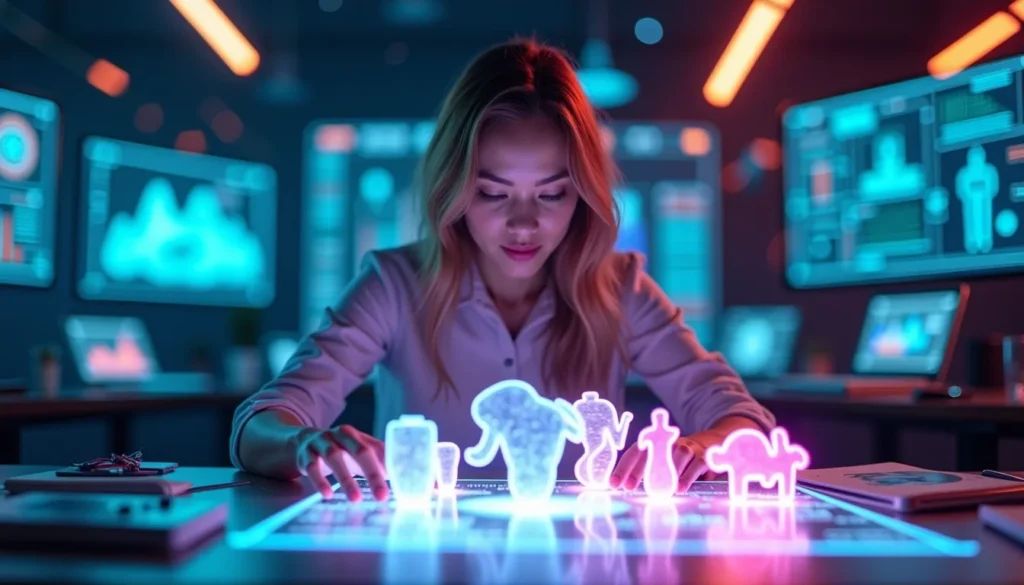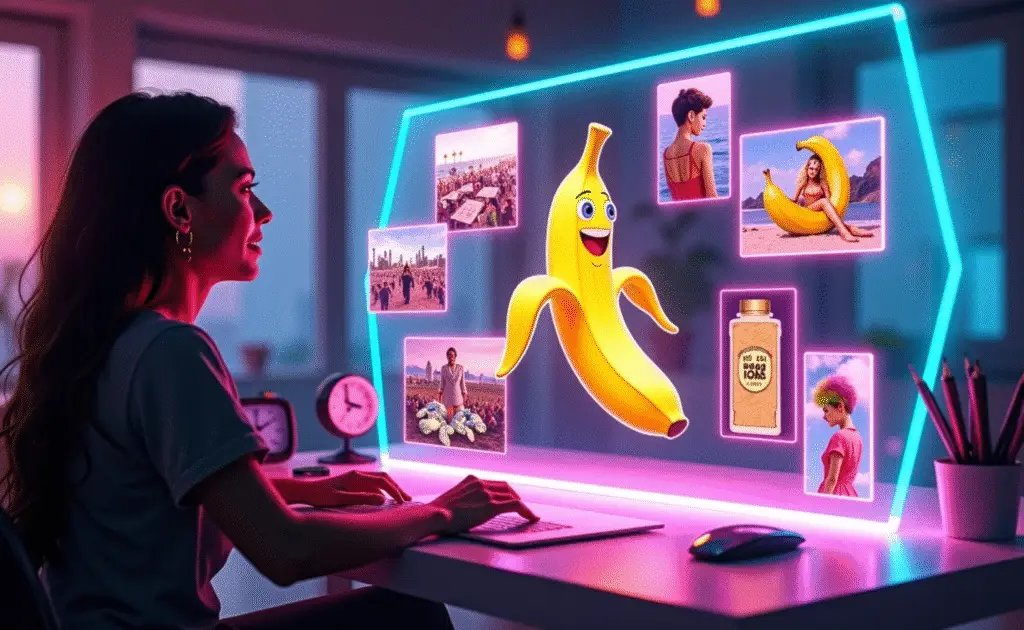Tripo AI: The Ultimate Breakthrough in 3D Model Creation for 2025
Understanding Tripo AI: A Game-Changer in 3D Model Creation
Tripo AI is leading a quiet revolution in 3D model creation, reshaping how artists, developers, and businesses conceptualize, design, and deploy 3D assets. Unlike traditional pipelines that rely heavily on manual sculpting, texturing, and rendering, this advanced platform leverages artificial intelligence to automate much of the creative process. The outcome is remarkable efficiency—compressing hours of labor into seconds without compromising accuracy or realism.
Today’s designers must deliver photorealistic models to industries ranging from gaming and virtual reality to architecture and online retail. Before solutions like Tripo AI, this required deep expertise with complex tools. Now, prompt-based modeling tools help non-technical users describe or upload an idea and quickly generate rich digital objects. This shift democratizes creation, inviting more voices and perspectives into the field.
At its core, the tool integrates multi-modal inputs for converting 2D images into complete 3D meshes with textured fidelity. By applying diffusion models and neural radiance fields (NeRFs), it reconstructs depth, volume, and shadow effects. These innovations make 3D model generation intuitive, allowing even a single product photo to become a rotatable, multi-angle asset. The underlying architecture continually improves, optimizing textures and lighting to meet human expectations.
Automation influences far more than just modeling. Designers across industries use the system to accelerate the content pipeline—whether prototyping vehicles, visualizing interiors, or building digital worlds. Time saved here translates into real cost advantages and increased innovation.
Ultimately, Tripo AI isn’t just another software tool; it’s a creative multiplier. By allowing professionals to focus on ideation and story, the platform lifts barriers and unlocks new standards of scalable 3D content creation.

The Technology Behind Tripo AI
What makes Tripo AI so effective lies beneath its clean user interface—specifically, the deep learning architecture powering its impressive rendering engine. At its core, the platform uses transformer-based diffusion models trained on extensive datasets of 3D objects, textures, and real-world scenes. These models interpret geometric depth, surface qualities, and lighting from multiple perspectives, enabling the creation of remarkably realistic digital assets from minimal user input.
When a creator uploads a 2D reference image, Tripo AI applies neural radiance field (NeRF) technology to analyze fine lighting cues and build volumetric detail. Through layered diffusion, the tool refines structural coherence, eliminates noise, and preserves depth for visually accurate, production-ready outputs. A standout benefit for developers is mesh optimization, which automatically reduces polygon counts while retaining key detail—essential for AR/VR and mobile environments. The solution’s cloud-based infrastructure distributes rendering efficiently, delivering fast results for everything from cinematic characters to e-commerce models. Recent upgrades incorporate physics-aware engines that simulate how materials behave, enhancing realism for retail and film applications.
Another area where Tripo AI excels is in bridging the usability gap between beginners and professionals. Traditional 3D modeling solutions can be daunting for newcomers due to their complex interfaces and steep learning curves. This AI-driven approach, however, centralizes intuitive workflows—allowing users to describe a concept in natural language or upload a simple image, then receive a refined, production-ready model quickly. The combination of accessibility and technical sophistication makes the platform especially valuable for teams seeking to prototype ideas, educators introducing digital modeling, and businesses aiming to streamline creative output without sacrificing quality.
Ultimately, Tripo AI is more than just a rendering tool—it’s a creative partner bridging visual analysis and generative intelligence for next-level 3D model creation. By redefining boundaries between ideation and production, this technology empowers anyone to bring stunning digital designs to life with ease
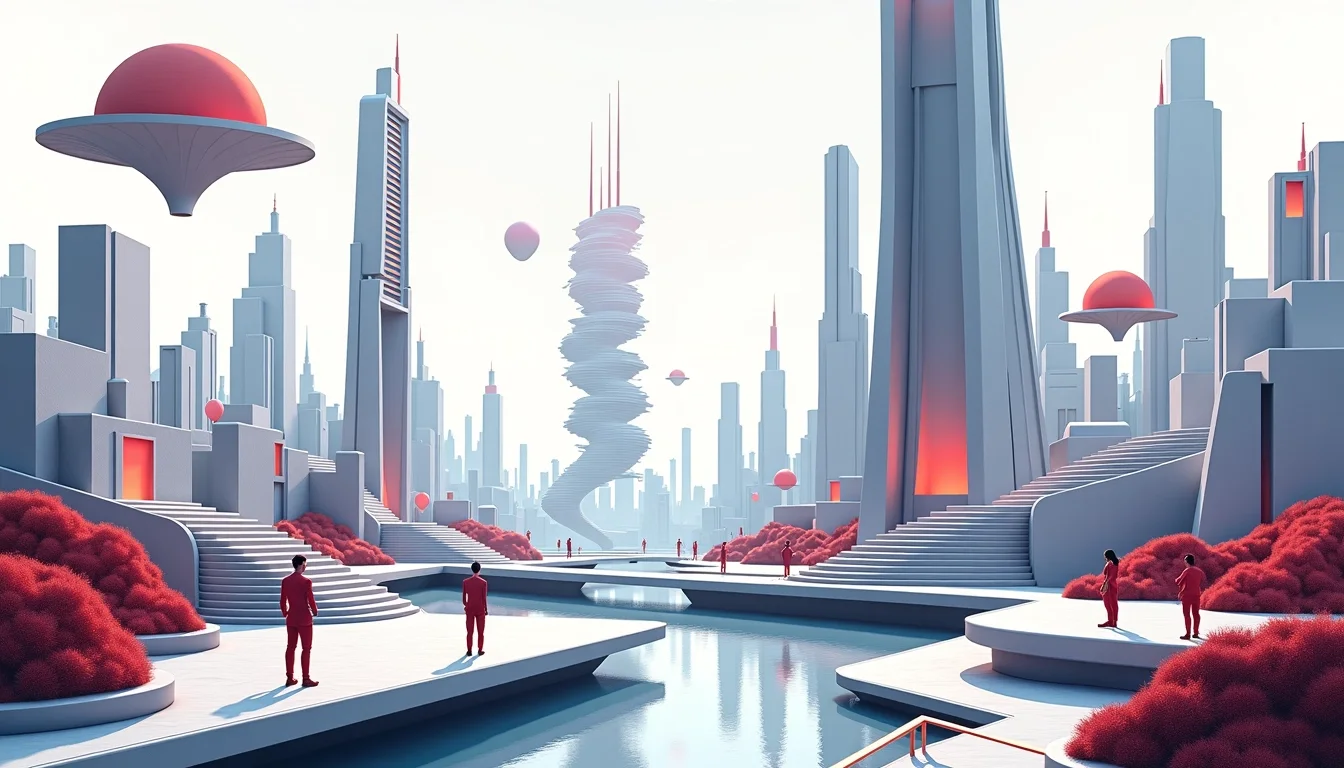
Real-World Applications of Tripo AI in Industry
Across industries, adopting this advanced AI platform signals a significant leap in productivity for 3D model creation. Businesses in e-commerce, gaming, architecture, and beyond leverage its automated pipeline not only for speed but also for the realism and editability its models bring to every workflow.
E-commerce brands, for example, increasingly rely on smart 3D visualization tools instead of traditional multi-angle photography. With a single scan or photo, the system reconstructs interactive digital assets ready for zoom, rotation, or try-on in augmented reality. This shift reduces both photography costs and returns—while giving online shoppers immersive, trustworthy previews that drive higher conversion rates.
In game development, the technology accelerates prototyping of environments, textures, and characters, often producing usable base assets in minutes rather than days. Studios—especially mid-size teams—find themselves less dependent on large modeling departments, and artists benefit from faster iteration cycles. Seamless export into engines like Unity and Unreal supports frictionless integration into game pipelines and multiplatform releases.
The impact extends beyond entertainment and digital products. Architects and interior designers use it to transform 2D floor plans into walkthrough-ready spaces, accurately visualizing lighting, furniture, and materials. These realistic previews empower clients to make decisions with confidence. Likewise, film and animation studios utilize AI-driven rendering to speed previsualization and VFX setups, enabling directors and designers to plan scenes and lighting well before production, often saving considerable costs.
In every sector, this platform’s core advantage lies in removing technical barriers that previously slowed down model creation. Creators—from marketers to engineers—can now work with unprecedented speed and precision. The fusion of accessibility and automation is reshaping the creative landscape for businesses worldwide.
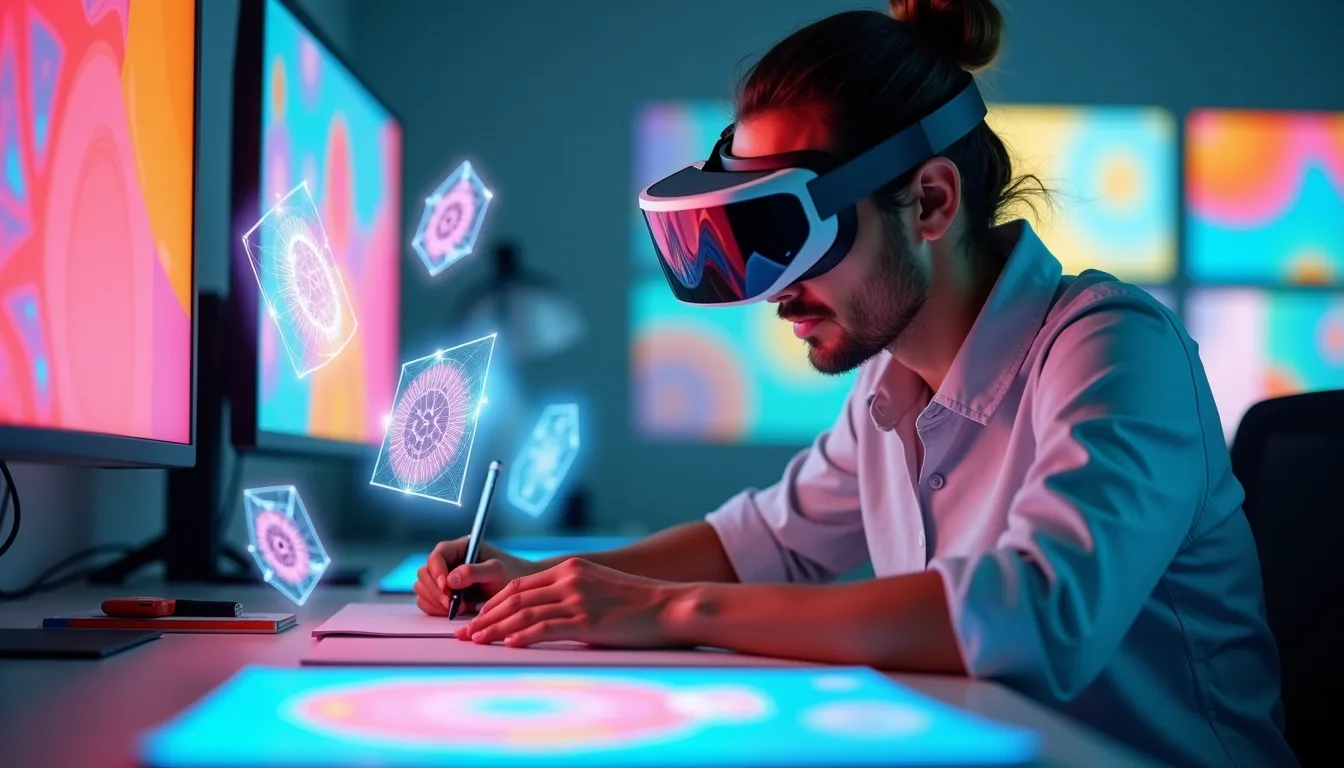
How Tripo AI Empowers Creators and Businesses
One standout strength of Tripo AI is its ability to empower creators across disciplines, enhancing rather than replacing human artistry. For designers, animators, and other creative professionals, the automation of menial tasks like scaling, topology adjustment, and basic lighting means more energy goes toward innovation and storytelling instead of routine manual labor.
Collaboration is effortless. By enforcing stylistic uniformity and offering real-time project sharing, creative teams easily maintain quality and brand consistency across large asset libraries. Businesses developing AR or VR content benefit from this reliability, while independent artists and small studios see their production capacity rise significantly—without the overhead usually tied to enterprise-scale operations.
The user experience is approachable for every skill level. Beginners can describe ideas in plain language or upload sketches, letting the platform do heavy lifting. At the same time, experienced users access advanced controls to fine-tune every detail. Flexible outputs and batch processing support a range of monetization channels, from game assets and product visuals to NFTs. Intellectual property is protected through built-in licensing and traceable metadata for every creation.
Analytics dashboards bring business intelligence into the visual creation process, letting brands measure engagement with 3D assets and track performance. This turns digital modeling from a creative exercise into a measurable source of value—closing the gap between content generation and return on investment.
Ultimately, this new wave of 3D tools is changing the very definition of creativity in digital spaces. By evolving the role of the artist from technical operator to strategic visionary, creators now build richer, more immersive worlds—faster and more intuitively than ever before.
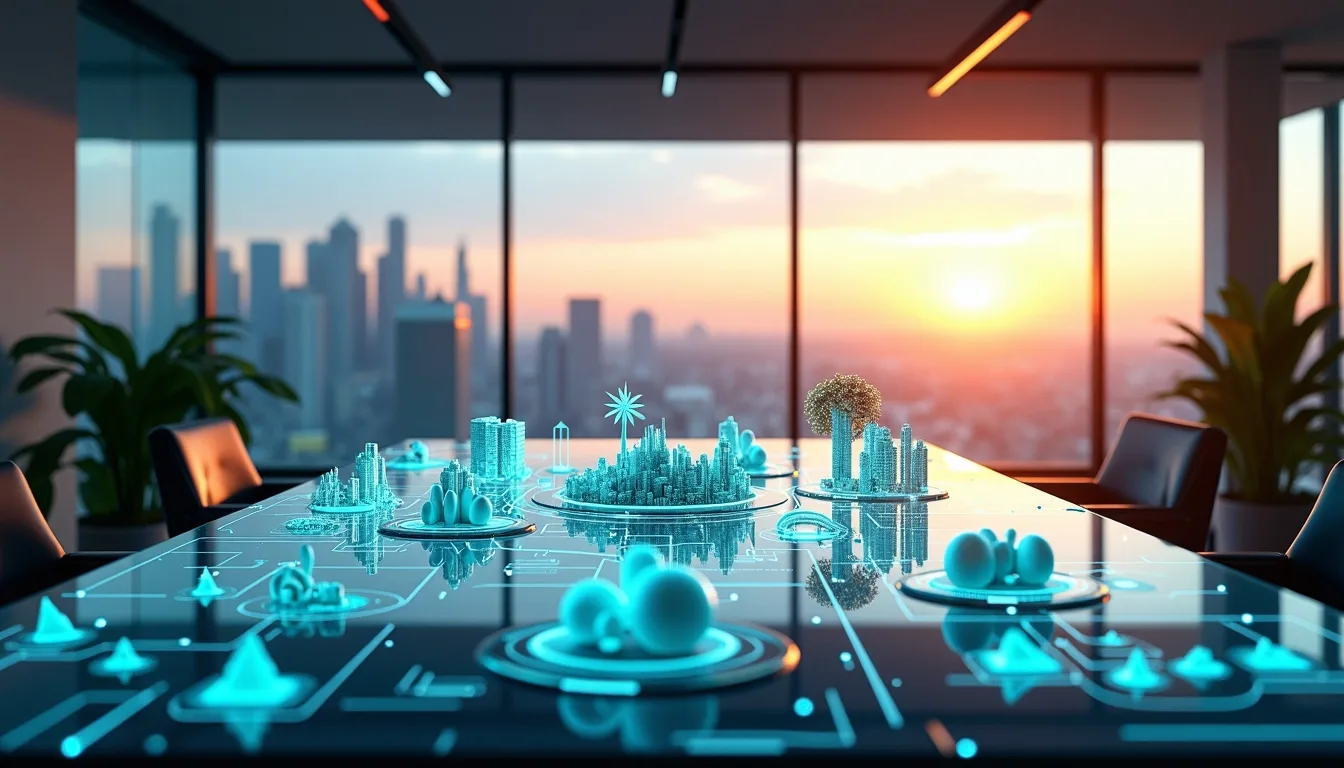
Future of Tripo AI and 3D Model Creation
What makes Tripo AI so effective lies beneath its polished and user-friendly interface. The foundation of this platform is a sophisticated deep learning architecture, driven by transformer-based diffusion models trained on vast datasets of 3D objects, textures, and real-life environments. This allows the system to grasp geometric structure, surface properties, and nuanced lighting from multiple perspectives—enabling creators to achieve photorealistic digital assets with minimal input.
A key feature is how the platform handles image-to-3D transformation. When provided a 2D reference—whether it’s a sketch, product photo, or even a mood board—Tripo AI uses neural radiance fields (NeRFs) to interpret lighting cues, estimating depth and reconstructing objects with exceptional accuracy. The multi-layered diffusion process cleans up visual noise, refines mesh structures, and delivers models with natural-looking depth, volume, and shadow details. This ensures every output is both visually impressive and suitable for any real-world 3D model creation use case.
Developers, designers, and digital teams gain huge efficiency thanks to Tripo AI’s built-in mesh optimization. Unlike traditional modeling where polygons must be carefully managed, this tool automatically minimizes complexity while preserving detail, crucial for AR/VR and mobile deployment. Cloud-based infrastructure further boosts rendering power, providing rapid results even for demanding projects—from animated characters to highly detailed e-commerce items. API integrations allow businesses to batch process large numbers of models or seamlessly connect the workflow to their existing digital asset management solutions.
Recent upgrades bring simulation to the next level by incorporating physics-aware rendering. Surfaces and materials now behave as they would in reality—leather bends, glass reflects and refracts light—resulting in digital products that look and “feel” more tangible when used in virtual retail and film production environments. For brands and filmmakers, this realism drives deeper audience engagement and enables more convincing virtual try-ons or product previews.
What also sets Tripo AI apart is its focus on accessibility for all users. Many legacy 3D solutions overwhelm beginners with technical controls and steep learning curves. By contrast, this platform makes professional results available through intuitive workflows, natural language prompts, and simple uploads. As a result, teams can rapidly iterate prototypes, educational programs can introduce digital art without advanced prerequisites, and even solo creators find it practical to bring imaginative designs to life. Ultimately, Tripo AI is not just a rendering engine—it’s a creative partner, empowering anyone to turn ideas into polished, usable 3D assets with unprecedented ease and precision.
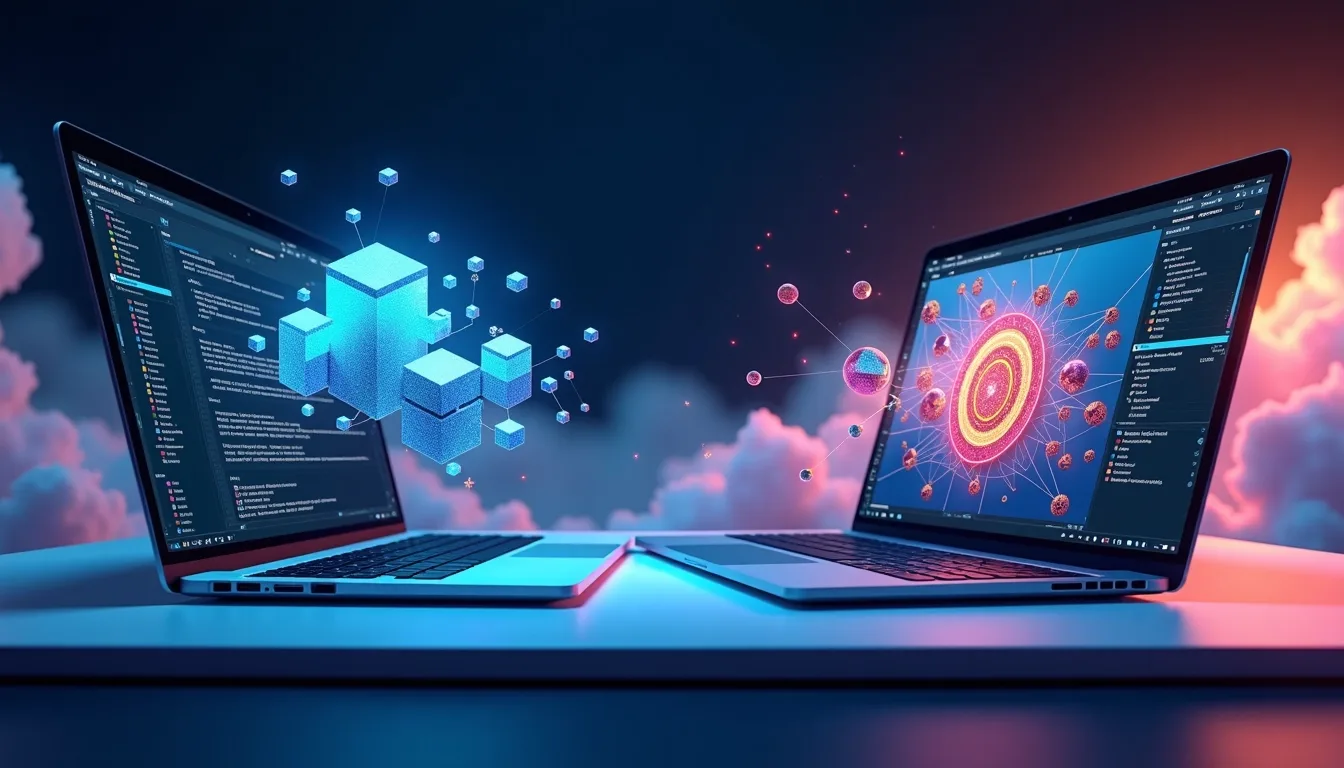
Comparing Tripo AI with Other 3D Model Creation Tools
Tripo AI stands out in the landscape of modern modeling tools by combining automation, smart topology, and rapid generation—qualities that differentiate it from established names like Blender, SketchUp, and ZBrush. Unlike traditional platforms, which often come with steep learning curves, this AI-first solution enables creators to generate production-ready assets from simple prompts or images in under a minute. The result is a significant reduction in time between concept and testing, encouraging more experimentation with fewer technical slowdowns.
While older 3D programs depend heavily on manual processes, Tripo AI offers a learning feedback approach that adapts to user style. The platform suggests lighting, materials, and geometry tweaks based on past projects, providing a tailored creative flow. For artists building unique environments or characters, this kind of intelligent adjustment is unmatched in established design software.
User experience is another major advantage. Most modeling suites can overwhelm newcomers with technical jargon and complex interfaces, but Tripo AI employs natural-language prompts and automation—making sophisticated modeling accessible to everyone. Features like batch generation and multi-view support allow both beginners and professionals to accelerate asset creation across different industries.
Enterprise users especially benefit from easy pipeline integration. With APIs and cloud-based workflows, assets move smoothly from creation into various management and rendering systems—no need for cumbersome plugins or manual conversions. This efficiency cuts production time for large projects and supports high-volume output, making the solution valuable for both agencies and independent creators.
Ultimately, tools that provide real-time collaboration and ready-for-deployment assets—like Tripo AI—are setting a new standard for 3D design. Its cloud-native architecture eliminates hardware bottlenecks and levels the playing field for studios and freelancers alike, ensuring that speed, flexibility, and user-friendly design become the default in digital model creation.

Final Thoughts
Standing at the frontier of AI-powered design, this new generation of creative platforms is reshaping how digital content is imagined and produced. By fusing the precision of machine learning with the spark of human ingenuity, these solutions invite creators from every background to participate in building immersive virtual worlds.
Automation is at the heart of the transformation. Tasks that once demanded hours of manual effort—modeling, rendering, polishing—are now handled swiftly behind the scenes. This shift grants artists the freedom to explore bolder ideas and gives businesses a tangible edge in launching their projects faster.
For everyday users and well-known brands alike, the result is more lifelike visual storytelling. Digital experiences feel uniquely tailored, offering deeper engagement for audiences. The rise of smart tools means a startup founder can prototype products just as easily as an established studio can create expansive virtual landscapes.
Tripo AI, along with other advanced solutions, signals a paradigm shift in the creative landscape. Its impact is already seen in the way virtual assets and environments are envisioned, constructed, and shared—moving beyond just making things look good to making them truly interactive and meaningful.
As we look ahead, intelligent platforms like this will form the backbone of virtual ecosystems. The coming decade won’t be defined by mastering complex tools, but by the limitless possibilities unleashed when imagination meets AI—making every idea not just achievable, but extraordinary.
Follow AI Tech Unboxed for more.
FAQs About Tripo AI and 3D Model Creation
1. What is Tripo AI used for?
Tripo AI is primarily used to generate realistic 3D models from text prompts or 2D images. It automates the model creation process, making it ideal for gaming, retail, architecture, and digital design.
2. How does Tripo AI differ from traditional 3D modeling tools?
Traditional tools require manual sculpting and texturing, while Tripo AI employs artificial intelligence and diffusion models to automate these processes, saving time and increasing quality.
3. Can beginners use Tripo AI without 3D design experience?
Yes, Tripo AI is designed to be highly user-friendly—even for those with no prior experience in 3D modeling. Its intuitive, prompt-based generation workflow allows anyone to simply describe an object or upload an image, letting the platform handle the complex steps of geometry, texturing, and rendering automatically.
This means you don’t need to learn technical software or spend hours on manual design steps; Tripo AI does the heavy lifting behind the scenes. Beginners, students, and professionals across industries can easily create impressive 3D models with just a few clicks, making digital asset creation more accessible and inclusive than ever before.
4. Is Tripo AI compatible with popular 3D engines like Unity or Unreal?
Absolutely. Tripo AI is built to ensure compatibility and smooth workflow integration for creators, developers, and businesses alike. The platform exports 3D models in widely accepted standard formats such as OBJ, GLB, and STL, which means you can easily import your assets into major development engines like Unity, Unreal Engine, Blender, and many others.
This level of flexibility streamlines the process for game development, AR/VR applications, animation, and digital content creation. With seamless integration, there’s no need for additional conversion tools or complex manual adjustments—just export, import into your chosen software, and proceed directly to further development or deployment.
5. How do businesses benefit from Tripo AI?
Businesses save time and cost by using Tripo AI for rapid prototyping, visual marketing, and product visualization — increasing creativity while reducing operational overhead.
6. How secure are Tripo AI-generated 3D models for commercial use and intellectual property?
Tripo AI is designed with security and copyright in mind. Any model generated through the platform carries embedded metadata that traces its creation, helping you prove originality and ownership if disputes arise. The tool also supports customizable licenses so businesses can clearly define usage rights and distribution rules for their assets.
Additionally, all data and models are processed on secure, encrypted servers, which prevents unauthorized access. As legal standards for AI content evolve, features like digital watermarking and blockchain verification are expected to become part of the ecosystem, further safeguarding commercial work and intellectual property rights.

